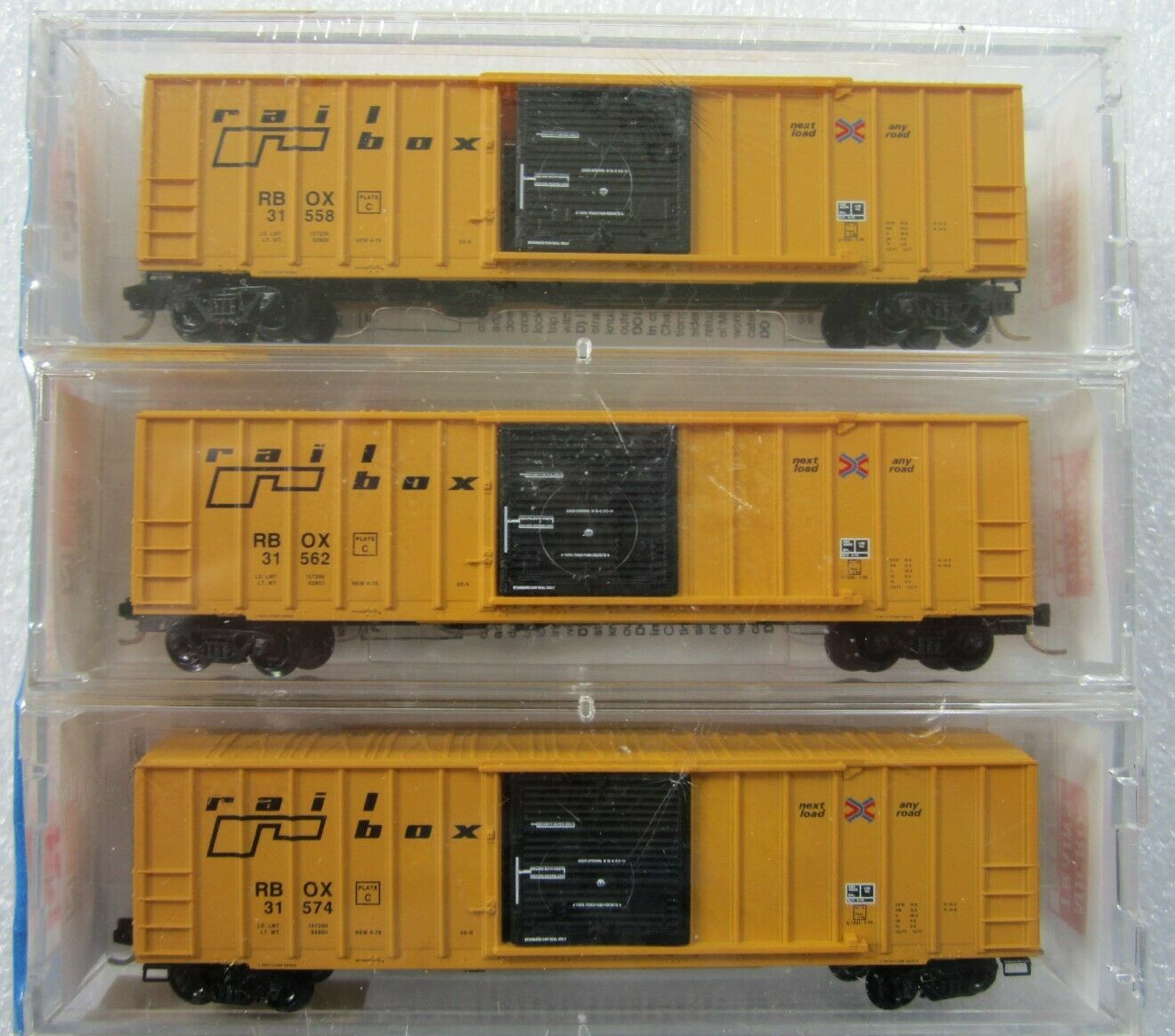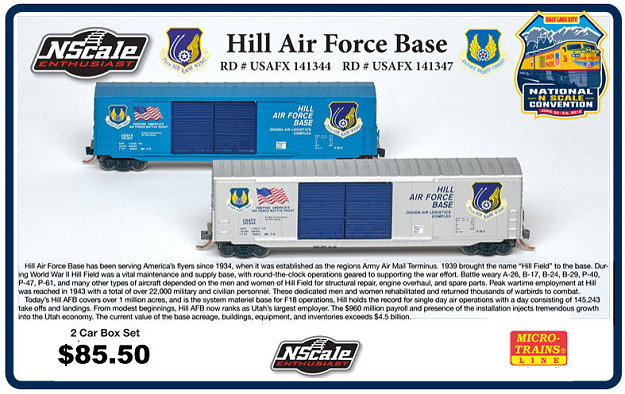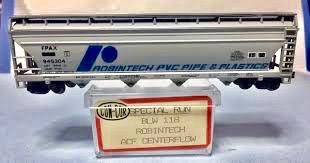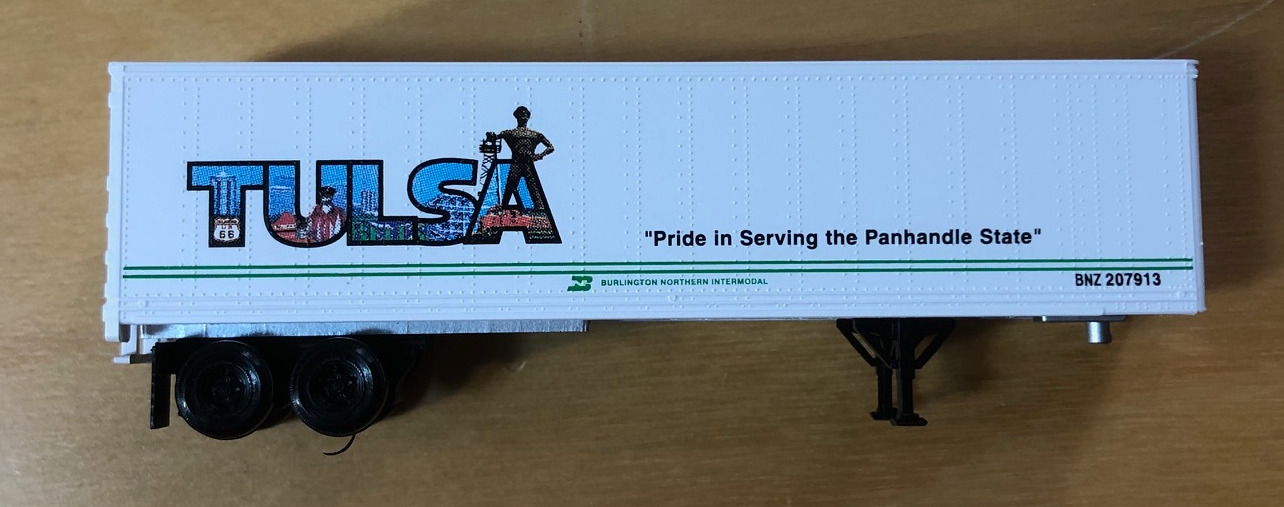Model Information: This model is based on the mid-1960s Pullman Standard 50 foot boxcar prototype. It has a roofwalk and a single sliding door. In 2019, Micro-trains tweaked this model. Newer releases have a lowered underframe and feature body-mount couplers.
Prototype History: The Pullman Standard or PS-1 design was one of the most popular and was widely used by North American railroads. These boxcars were built beginning in 1947 and share the same basic design, with certain elements such as door size, door style or roof type varying among the different railroads and production years. When production of these cars ceased in 1963, over 100,000 had been produced.
The original PS-1 measured 40 foot in length, but Pullman Standard also offered 50′ and later 60′ boxcars – also with the PS-1 designation.
The original PS-1 measured 40 foot in length, but Pullman Standard also offered 50′ and later 60′ boxcars – also with the PS-1 designation.
Road Name History: 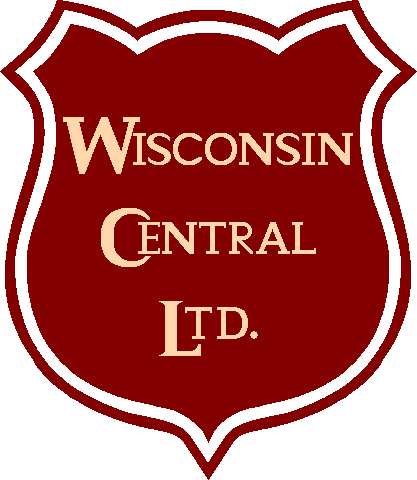 Wisconsin Central Ltd. (reporting mark WC) is a railroad subsidiary of the Canadian National Railway. At one time, its parent Wisconsin Central Transportation Corporation owned or operated railroads in the United States, Canada (Algoma Central Railway), the United Kingdom (English Welsh & Scottish), New Zealand (Tranz Rail), and Australia (Australian Transport Network).
Wisconsin Central Ltd. (reporting mark WC) is a railroad subsidiary of the Canadian National Railway. At one time, its parent Wisconsin Central Transportation Corporation owned or operated railroads in the United States, Canada (Algoma Central Railway), the United Kingdom (English Welsh & Scottish), New Zealand (Tranz Rail), and Australia (Australian Transport Network).
Wisconsin Central Ltd. (WC) started in US in the mid-1980s using most of the original Wisconsin Central Railway's rights of way and some former Milwaukee Road rights of way after the Soo Line Railroad acquired the Wisconsin, Illinois, Indiana, Missouri and Minnesota holdings of the bankrupt Milwaukee Road and divested its older railway trackage in Wisconsin. In 1993 the Wisconsin Central also acquired the Green Bay and Western Railroad and the Fox River Valley Railroad.
At the time of its sale to Canadian National, Wisconsin Central operated over 2,850 miles (4,590 km) of track in the Great Lakes region. The railroad extended from Chicago into and through Wisconsin to Minneapolis/St. Paul and Duluth, Minnesota, to Sault Ste Marie, Michigan, and north (through the Algoma Central Railway) to Hearst, Ontario.
A condition of Soo Line’s acquisition of Milwaukee Road was that they had to sell a number of lines in Wisconsin and Michigan’s Upper Peninsula. They established Lake States Transportation to separate these lines from the rest of Soo Line. In 1987, Lake States was sold to a group of investors and Wisconsin Central was born. Much of the track had belonged to the original Wisconsin Central, a Soo subsidiary which had been merged into Soo in 1960. In 1993, WC acquired Fox River Valley Railroad and Green Bay & Western. In 1995, they founded a Canadian subsidiary and acquired the Algoma Central. Then in 1997, they picked up another 200 miles of former C&NW line running north from Green Bay from Union Pacific. At this point, the 2,850 mile WC (between GM&O and Erie Lackawanna in relative size) linked: Chicago, Milwaukee, Green Bay, Minneapolis/St.Paul, Duluth/Superior, then down Michigan’s Upper Peninsula to Sault Ste. Marie where they connected to Algoma Central north to Hearst, Ontario. WC’s parent company also went on a buying spree of railroads in other countries including New Zealand, Britain, and Australia. Wisconsin Central was sold to Canadian National in 2001. It operates as a paper railroad under CN’s flag today.
From Wikipedia and Bluford Shops

Wisconsin Central Ltd. (WC) started in US in the mid-1980s using most of the original Wisconsin Central Railway's rights of way and some former Milwaukee Road rights of way after the Soo Line Railroad acquired the Wisconsin, Illinois, Indiana, Missouri and Minnesota holdings of the bankrupt Milwaukee Road and divested its older railway trackage in Wisconsin. In 1993 the Wisconsin Central also acquired the Green Bay and Western Railroad and the Fox River Valley Railroad.
At the time of its sale to Canadian National, Wisconsin Central operated over 2,850 miles (4,590 km) of track in the Great Lakes region. The railroad extended from Chicago into and through Wisconsin to Minneapolis/St. Paul and Duluth, Minnesota, to Sault Ste Marie, Michigan, and north (through the Algoma Central Railway) to Hearst, Ontario.
A condition of Soo Line’s acquisition of Milwaukee Road was that they had to sell a number of lines in Wisconsin and Michigan’s Upper Peninsula. They established Lake States Transportation to separate these lines from the rest of Soo Line. In 1987, Lake States was sold to a group of investors and Wisconsin Central was born. Much of the track had belonged to the original Wisconsin Central, a Soo subsidiary which had been merged into Soo in 1960. In 1993, WC acquired Fox River Valley Railroad and Green Bay & Western. In 1995, they founded a Canadian subsidiary and acquired the Algoma Central. Then in 1997, they picked up another 200 miles of former C&NW line running north from Green Bay from Union Pacific. At this point, the 2,850 mile WC (between GM&O and Erie Lackawanna in relative size) linked: Chicago, Milwaukee, Green Bay, Minneapolis/St.Paul, Duluth/Superior, then down Michigan’s Upper Peninsula to Sault Ste. Marie where they connected to Algoma Central north to Hearst, Ontario. WC’s parent company also went on a buying spree of railroads in other countries including New Zealand, Britain, and Australia. Wisconsin Central was sold to Canadian National in 2001. It operates as a paper railroad under CN’s flag today.
From Wikipedia and Bluford Shops
Brand/Importer Information: Brooklyn Locomotive works is a hobby shop that is located in Manalapan, New Jersey. Pete A. Postel founded BLW in 1979. They specialize in N Scale although they claim to cover other scales as well. In addition to serving as a volume discounter with competitive pricing for N Scale hobbyists, Brooklyn Locomotive works also often works with various manufacturers to create their own line of branded special runs. These special runs are usually only available through their retail operation (online or storefront). They also worked for a limited time in the early 1980s as a custom decorator. They bought undecorated kits from Micro-Trains and painstakingly custom painted and decaled a series of cars for collectors.
Manufacturer Information:  Micro-Trains Line split off from Kadee Quality Products in 1990. Kadee Quality Products originally got involved in N-Scale by producing a scaled-down version of their successful HO Magne-Matic knuckle coupler system. This coupler was superior to the ubiquitous 'Rapido' style coupler due to two primary factors: superior realistic appearance and the ability to automatically uncouple when stopped over a magnet embedded in a section of track. The success of these couplers in N-Scale quickly translated to the production of trucks, wheels and in 1972 a release of ready-to-run box cars.
Micro-Trains Line split off from Kadee Quality Products in 1990. Kadee Quality Products originally got involved in N-Scale by producing a scaled-down version of their successful HO Magne-Matic knuckle coupler system. This coupler was superior to the ubiquitous 'Rapido' style coupler due to two primary factors: superior realistic appearance and the ability to automatically uncouple when stopped over a magnet embedded in a section of track. The success of these couplers in N-Scale quickly translated to the production of trucks, wheels and in 1972 a release of ready-to-run box cars.
Micro-Trains Line Co. split off from Kadee in 1990 to form a completely independent company. For this reason, products from this company can appear with labels from both enterprises. Due to the nature of production idiosyncrasies and various random factors, the rolling stock from Micro-Trains can have all sorts of interesting variations in both their packaging as well as the products themselves. When acquiring an MTL product it is very important to understand these important production variations that can greatly enhance (or decrease) the value of your purchase.
Please consult our Micro-Trains Collector's Guide

Micro-Trains Line Co. split off from Kadee in 1990 to form a completely independent company. For this reason, products from this company can appear with labels from both enterprises. Due to the nature of production idiosyncrasies and various random factors, the rolling stock from Micro-Trains can have all sorts of interesting variations in both their packaging as well as the products themselves. When acquiring an MTL product it is very important to understand these important production variations that can greatly enhance (or decrease) the value of your purchase.
Please consult our Micro-Trains Collector's Guide
Commissioner Information: Brooklyn Locomotive Works was a hobby shop, specialized in N-scale, located in Manalapan, New Jersey, that also sells on-line. BLW regularly commissions special runs.
The company was founded by Pete Postel who announced that he would retired by end of 2018. His brother Paul should continue the business from his own shop Hogtrainz.com.
Brooklyn Locomotive Works (BLW) released special runs from various manufacturers under its own brand until approx. the mid-1980s. Thereafter the special runs where sold under the manufacturer's name and denoted as special runs for BLW. Hence in this database, we assign the BLW brand in the former case, and the original manufacturer's brand in the latter.
The company was founded by Pete Postel who announced that he would retired by end of 2018. His brother Paul should continue the business from his own shop Hogtrainz.com.
Brooklyn Locomotive Works (BLW) released special runs from various manufacturers under its own brand until approx. the mid-1980s. Thereafter the special runs where sold under the manufacturer's name and denoted as special runs for BLW. Hence in this database, we assign the BLW brand in the former case, and the original manufacturer's brand in the latter.
Item created by: gdm on 2017-01-05 13:36:24. Last edited by gdm on 2020-07-24 07:28:54
If you see errors or missing data in this entry, please feel free to log in and edit it. Anyone with a Gmail account can log in instantly.
If you see errors or missing data in this entry, please feel free to log in and edit it. Anyone with a Gmail account can log in instantly.






